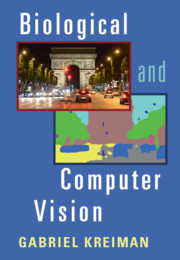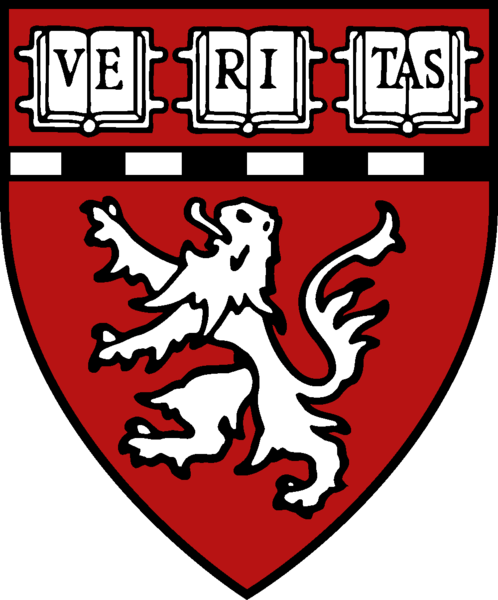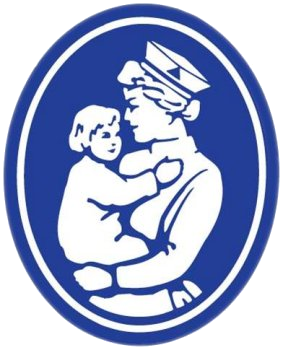Biological and Computer Vision

Gabriel Kreiman
Cambridge University Press. 2021. ISBN 9781108649995
Additional Materials
Chapter VI: From the highest echelons of visual processing to cognition
Throughout tens of visual cortical areas beyond V1, neurons respond selectively to the color, motion, disparity, and shape of stimuli within their receptive fields. Ascending through the visual hierarchy, neurons show progressively larger receptive fields and selective responses to more complex shape features. Concomitant with this specialization in terms of shape selectivity, there is an increased degree of tolerance to image transformations like rotation, shifting, and scaling. The responses of cortical neurons are not just dictated by incoming bottom-up signals but are also strongly modulated by top-down cognitive processes and task demands. A prominent example of task-dependent modulation is the case of attention, which can enhance neuronal responses. At the highest echelon of processing within the ventral visual cortex is the inferior temporal cortex (ITC), a large span of cortical real estate that plays a critical role in object recognition. ITC shows an overcomplete representation of visual features, more concerned with actual shape rather than semantic information, and demonstrating vital perceptual properties like pattern completion and visual working memory. The tuning of neurons along the ventral visual cortex is dictated by experience with the natural world's statistics.




